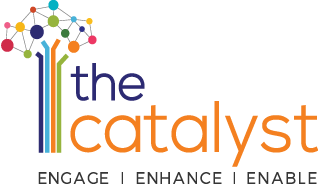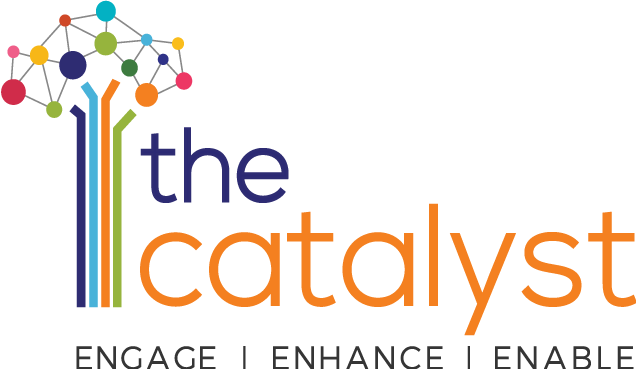“We need to change the way our sales team approaches sales and distribution and enable a paradigm shift in our sales functioning” – this was the problem statement that we heard from the sales head of a top tyre company which was streamlining it distribution model from a dealer led sales model to a distributor led sales model for almost a year.
Phase 1: Discovery & Analysis
We deep dived into this problem through a series of stakeholder calls and interviews. We met sales heads, regional heads and also filed force sales executives. We worked the market to meet dealers and distributors, observe end customer interactions and understand the way the tyre industry functions from scratch. We even sat through some sales meetings and review sessions to really get a hang of what kind of conversations were happening in the organization.
While playing observation roles during these interactions, we were also mindful of the ways of working of a well established distribution network, given our expertise in the FMCG industry. This enabled us to capture critical gaps in the organization. At Catalyst, we first find out where we are, if we have to help our clients decide where they want to go.
Phase 2: Consolidation of findings
After capturing various voices first-hand, we collated our findings and realized that the issues were manifold.
- People led: Most people in the sales system had seen success with the dealer led sales model and had mastered this sales approach over the years. This created an inertia in changing the ways of working as these were habits instilled in them over more than a decade of their experience. Even though industry dynamics had changed and there was proven success in a distributor led model, people were reluctant to adopt a new way of working.
- Process led: Many processes in the sales organization were still attuned to a dealer led sales model and had not been tweaked to a distributor led model. Many important aspects of distributor success such as retailer activation had not yet been considered. Secondly, while new processes were introduced to be relevant to the distributor model, the HOWs and WHYs of the new processes needed to be still well entrenched at this stage.
- Partner led: There were channel conflicts on the filed which complicated the transition from a dealer to distributor model. The organization had not cracked how these issues could be handled without suffering business losses and reducing partner profitability.
Phase 3: Solutioning and implementation
Our approach to the entire initiative was multi-pronged.
- Firstly, we initiated a series of learning programs, starting with regional heads, then cascading to territory heads and finally to sales executives. The learning programs consisted to classroom training with customized content followed by action learning projects that were closely tracked by internal mentors and reviewed within a definite time period. The trainers were industry veterans who had years of sales experience with top FMCG companies such as HUL and GSK and were able to bring deep insights about a distributor sales model.
- Secondly, we created formats and trackers for distributor management and performance which were co-created in the training sessions and hence were practical and adopted with least resistance.
- Finally, the sales head and sales capability development team was roped in to co-facilitate all sessions to ensure their complete buy-in and contextualization of conversations. They also partnered with each individual during the session to identify action learning projects so that there was full commitment on both sides to make them happen.
- In course of the program, live case studies were taken from the clients sales systems to show gaps and errors in distribution network so as to ensure that there is enough relatability.
The feedback for the entire project was very heartening. Not only did we receive stellar feedback scores for our sessions, we also had the satisfaction of seeing projects coming to fruition and actual sales effectiveness going up. We continue to partner with the client for more future initiatives.



